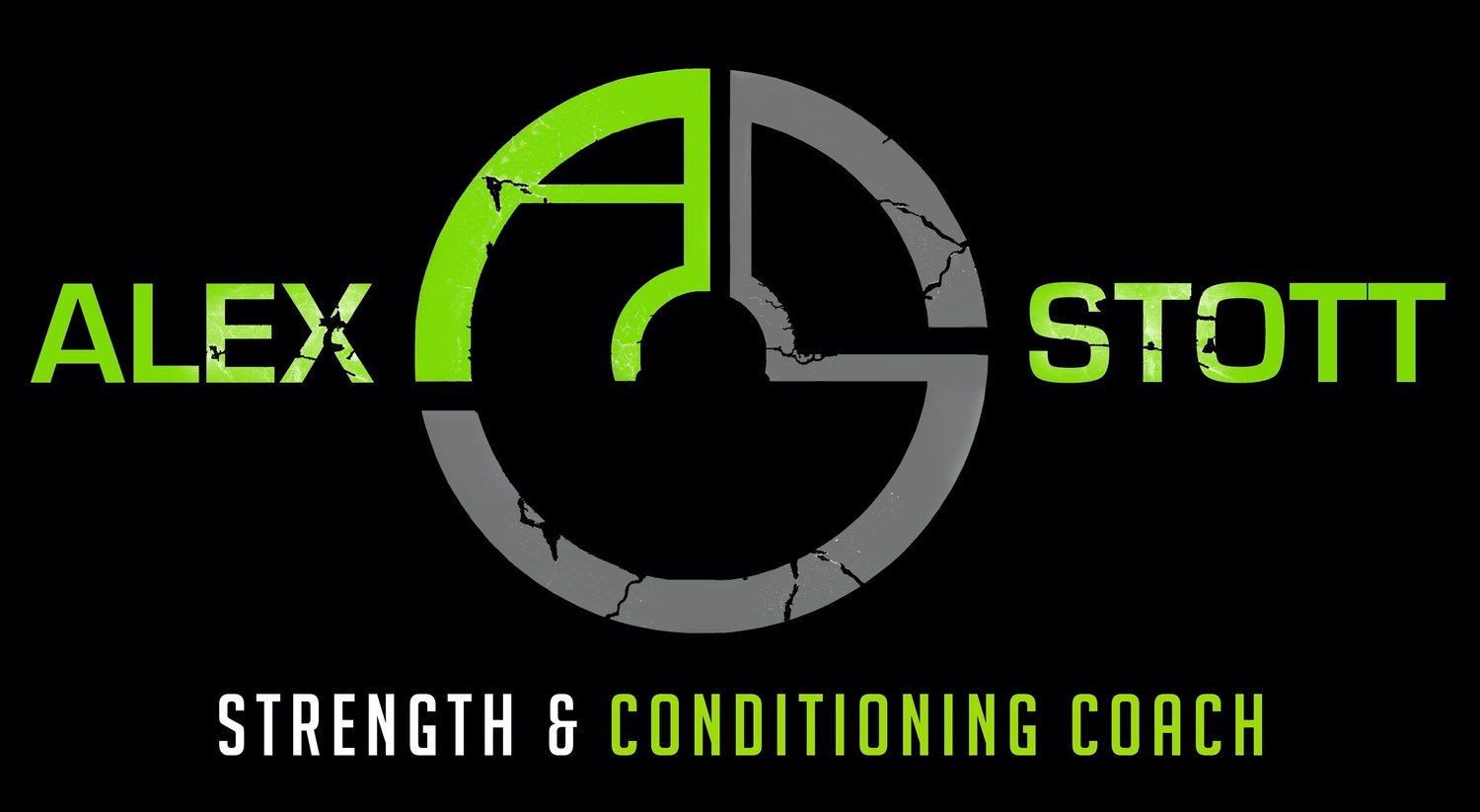MINIMUM EFFECTIVE DOSE
Is the answer to performing better doing less?
If we are wanting to build strength and to get stronger, more volume, more sets, more reps, more sessions is the answer right? Well maybe not, what if I was to say that doing more isn’t always the answer.
The concept of minimum effective dose comes from the thought of trying to avoid fatigue and overtraining. On the surface of it this seems easy much like the phrase ‘keep things simple’ and if that in itself was easy then we would all be running companies like apple or amazon. The reality is that creating a program to deliver the minimum effective dose while delivering results is a fine art, a science and there are a lot of small complex components that need to be woven together to achieve the desired end goal.
When we are looking to use the minimum effective dose to improve performance in turn we are looking to maximise the time for recovery and to be smart with our training. Being able to get into the gym finish the session and be out in an hour rather than 2, completing 50 reps of a movement pattern rather than 200. It requires us to completely reverse engineer from the end goal back, to identify the best path there from the start point.
In cutting down the length of the session, minimising the number of reps and prioritising intensity we minimise the risk of form dropping off and the subsequent increase in injury risk that this produces. The kicker is that it also gives us more time back to enjoy outside of the gym too. Along with this it allows us to focus more on recovery. The time in which ultimately our body adapts from the physical stress we put it under. So as long as we can provide the stimulus needed to drive adaptation, the more time we can give it to recover, the more time we can dedicate to recovery the more we can maximise the progress we get from the training dose.
Yes this doesn’t work in all elements of performance and fitness. Endurance sports still require a volume of work, the likes of Eliud Kipchoge’s are still running 110-120 miles a week not 30. We also still need to keep in mind that the minimum effective dose for every individual will be different. The loading patterns, intensities, exercise selection and more therefore will have to be manipulated for each individual to get our desired result.
But it can pay off. An example of this if looking to build strength in a squat based movement pattern with an athlete who moves well and doesn’t have movement capacity limitations could be:
Warm up following the ramp protocol, focussing on mobilising and activating the areas we are looking to train. Getting the ankles, knees and hips moving, firing up our core, legs glutes and building up to some light squat based patterns like goblet or plate squats and explosive broad jumps or box jumps.
The two main blocks of training could then be taking a back squat whether 5x5 loading, wave loading but keeping intensity high (80%+ of 1 or 3rm depending on how you assess it) paired with heavy single arm rows and deadbugs to develop accompanying strength and tension through the core and upper back.
The second block could then be progressing onto some unilateral work with split squat or rear foot elevated split squats paired with KB swings and standing pallof press.
You could then finish the session with a short 10-20 minute block of strength based conditioning or continuous movement.
In that session we would have been in and completed a session that at intensity has put roughly 50 reps at intensity through a squat pattern, loaded up the core, and developed strength in some accessory areas, fitted in some conditioning and been done in an hour. But the volume still being sufficient to deliver a stimulus that will develop strength.
To summarise, the main reason for using the minimum effective dose approach is to minimise the risk of overtraining and fatigue which, in turn can lead to injuries or fatigue and a drop off in performance. While on paper this seems like its keeping things simple, there is an art and a lot of components that go into balancing the sets, reps, loading patterns and intensity to give us the desired training volume in the shortest time. It allows us to dedicate more time to recovery, to buy back more time in the day to spend outside the gym. But done right will deliver kick ass results.

